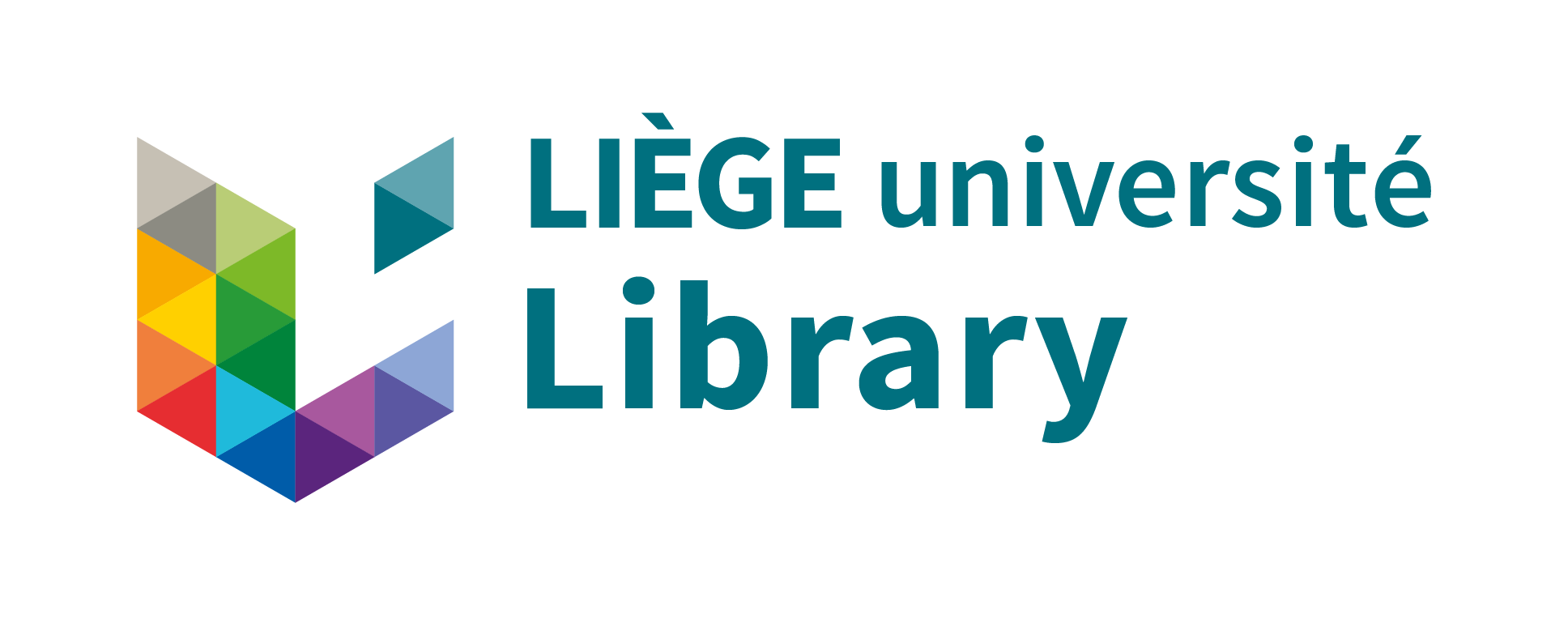Tree-injection: field-trial application of cinnamon essential oil as bio-insecticide in fruit arboriculture
Dhont, Thomas 
Promoteur(s) :
Fauconnier, Marie-Laure 
Date de soutenance : 25-aoû-2020 • URL permanente : http://hdl.handle.net/2268.2/10184
Détails
| Titre : | Tree-injection: field-trial application of cinnamon essential oil as bio-insecticide in fruit arboriculture |
| Titre traduit : | [fr] Tree-Injection : essai en verger d'application d'huile essentielle de cannelle comme bio-insecticide en arboriculture fruitière |
| Auteur : | Dhont, Thomas 
|
| Date de soutenance : | 25-aoû-2020 |
| Promoteur(s) : | Fauconnier, Marie-Laure 
|
| Membre(s) du jury : | Werrie, Pierre-Yves 
De Clerck, Caroline 
Francis, Frédéric 
Sindic, Marianne 
Le Goff, Guillaume Lateur, Marc |
| Langue : | Anglais |
| Nombre de pages : | 88 |
| Mots-clés : | [en] Tree-injection, essential oil, rosy apple aphid, Malus domastica, volatile organic compounds, orchard trial [fr] tree-injection, huile essentielle, puceron cendré du pommier, Malus domestica, composés organiques volatiles, essai verger |
| Discipline(s) : | Sciences du vivant > Entomologie & lutte antiravageur Physique, chimie, mathématiques & sciences de la terre > Chimie Sciences du vivant > Agriculture & agronomie Sciences du vivant > Biotechnologie |
| Organisme(s) subsidiant(s) : | SPW Agriculture |
| Intitulé du projet de recherche : | Tree-Injection |
| Public cible : | Chercheurs |
| URL complémentaire : | https://agriculture.wallonie.be/resultat-de-l-appel-recherche-2017#TREE-INJECTION |
| Institution(s) : | Université de Liège, Liège, Belgique |
| Diplôme : | Master en bioingénieur : chimie et bioindustries, à finalité spécialisée |
| Faculté : | Mémoires de la Gembloux Agro-Bio Tech (GxABT) |
Résumé
[en] Apple production is one of the biggest fruit business worldwide, estimated at 84.7 million tons in 2016. The Rosy Apple Aphid (Dysaphis plantaginea, Passerini) is amongst the most detrimental pest in apple orchard. Due to its rapid life-cycle and several generations of offspring per season, its resistance to insecticides is ever increasing and orchard sprayings have to be repeated several times to achieve limited impact on fruit production yield, causing damage to the environment and non-target organisms.
This project aims the development of a cinnamon (Cinnamomum cassia, J. Presl) essential oil-based biopesticide to deal with the Rosy Apple Aphid using tree-injection as the application method. It is part of the SPW “Tree-injection” project. This work evaluated the feasibility of implementing the technique in a 15 years old apple trees orchard in Gembloux (Belgique).
Product’s formulation consisted in cinnamon essential oil with Tween80 as emulsifier and EDTA.
40 apples trees (Malus domestica, Borkh) of the Jonagold cultivar were followed during the experiment. The trees were divided into 8 blocks of 5 trees that were injected with 3mL of a different solution: one blank using only water [BSA], one blank with emulsifier [BEM], one cinnamon EO emulsion at 1% [CEO1], one cinnamon EO emulsion at 2% [CEO2] and one untreated blank tree [NEG]. Apple trees were injected on the 19th May 2020 and were followed until the 16th of June 2020. During this period, Aphids’ and other insects’ (pollinators, predators, parasitoids) populations were followed once a week. 3 days, 7 days, 14 days and 28 days after the injection time, apple trees’ emissions of Volatile Organic Compounds were sampled on Tenax TA Cartridges. As a global health index, chlorophyll fluorescence (Fv/Fm) was measured at 5 different places on each tree.
Air samplings were analyzed through TDU-GC-MS for VOCs profile determination and cinnamon compounds detection. 55 compounds including terpenoïds and biological airborne signals were identified and analyzed using PCA and PermANOVA statistical analysis for detection of variation related to the treatment. Chlorophyll fluorescence measures were analyzed using repeated measures ANOVA, with Dunnett and Tukey tests for multiple comparison. Insects population monitoring were analyzed by Generalized Linear Model ANOVA and Fisher or Chi-square test.
Results showed actual emission of E-cinnamaldehyde from treated trees. No impact of the treatment on the trees’ health index was detected. Significant differences were spotted in terms of VOCs emissions by the overall trees but could not be linked to a particular treatment. Aphids populations tended to increase in size on [NEG] trees but with a smaller number of colonies per tree where [CEO2], [CEO1], [BSA] and [BEM] tended to have smaller size colonies in higher number, indicating a response of the aphids to the injection.
Globally, the results are conclusive in terms of the efficiency of the treatment, no observed phytotoxicity on apple trees, cinnamon constituents’ emissions and adaptability of the method in agronomic conditions.
[fr] La production de pommes est une des plus importantes productions fruitières au monde, estimée à 84.7 millions de tonnes en 2016. Le puceron cendré du pommier (Dysaphis plantaginea, Passerini) est un des ravageurs les plus dommageables en verger de pommiers.
Ce travail fait partie du projet « Tree-injection » du SPW agriculture, visant la mise en place d’un traitement insecticide à base d’huile essentielle de cannelle (Cinnamomum cassia, J. Presl) appliquée par endothérapie pour lutter contre le puceron cendré du pommier. L’objectif est ici d’évaluer la faisabilité et l’efficacité de la technique dans un verger de pommiers de 15 ans situé à Gembloux (Belgique). La formulation du bio-pesticide est constituée d’huile essentielle de cannelle mise en solution avec du Tween80 et d’EDTA.
40 pommiers (Malus domestica, Borkh) de variété Jonagold ont été suivis durant l’expérience. Les arbres ont été divisés en 8 blocs de 5. Des ports d’injection ont été creusés dans 4 arbres sur 5 qui ont été injectés avec 3mL de différentes solutions : un « blanc » avec de l’eau [BSA], un « blanc » Tween 80 [BEM], un cannelle à 1% [CEO1], un cannelle à 2% [CEO2] et un « témoin » non traité. Les injections ont été réalisées le 19 mai 2020 et l’expérience a pris fin le 16 juin 2020. Pendant ce temps, les populations de pucerons et d’autres insectes (prédateurs, parasitoïdes, pollinisateurs) ont été suivies une fois par semaine. 3, 7, 14 et 28 jours après l’injection, des échantillonnages des émissions de Composés Organiques Volatiles par les pommiers ont été réalisés et la fluorescence chlorophyllienne (Fv/Fm) a été mesurée à 5 endroits sur chaque arbre en tant qu’indice de santé.
Les échantillons d’émissions ont été passés en TDU-GC-MS afin de déterminer le profil en COVs et de détecter des composés de cannelle. 55 composés ont été identifiés dont plusieurs terpènes et plusieurs signaux aériens d’importance biologique. Les profils ont été analysés via ACP et PermANOVA. Les mesures de fluorescence chlorophyllienne ont été analysées via ANOVA sur mesures répétées avec tests de Dunnet et de Tukey pour comparaisons multiples. Les suivis de populations d’insectes ont été analysés via ANOVA sur Modèle Linéaire Généralisé avec test de Fisher ou Chi-carré.
Les résultats ont montré une émission de composés de cannelle à partir des arbres traités. Aucun impact du traitement sur la santé des arbres n’a été détecté. Des différences significatives ont été observées en termes d’émissions de COVs par l’ensemble des arbres mais aucune n’a pu être liée à un traitement en particulier. Les populations de pucerons ont augmenté en nombre sur les arbres [NEG] avec un plus petit nombre de colonies par arbre alors que les colonies sur [CEO2], [CEO1], [BEM], [BSA] comptaient moins d’individus mais étaient plus nombreuses, ce qui indique une réponse des insectes au traitement.
Globalement, les résultats sont concluants en termes d’efficacité du traitement et celui-ci ne montre aucun signe de phytotoxicité. Des composés de cannelle sont émis par les feuilles, montrant l’adaptabilité de la méthode en conditions agronomiques.
Fichier(s)
Document(s)

 Master's Thesis on Tree Injection - Thomas DHONT VF.pdf
Master's Thesis on Tree Injection - Thomas DHONT VF.pdf
Description:
Taille: 3.37 MB
Format: Adobe PDF
Citer ce mémoire
L'Université de Liège ne garantit pas la qualité scientifique de ces travaux d'étudiants ni l'exactitude de l'ensemble des informations qu'ils contiennent.


 Master Thesis Online
Master Thesis Online




